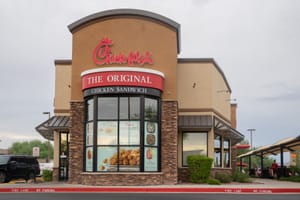Our Chick-fil-A PESTLE Analysis studies the Political, Economic, Social, Technological, Legal and Environmental factors affecting the restaurant company.
What is that one American fast-food restaurant chain you want to visit again and again? Did you say Chick-fil-A? You probably have.
When we think of extra juicy sandwiches with soft buns, the only name that comes to our mind is Chick-fil-A. The fast-food chain has become a household name due to its superior quality.
Chick-fil-A initially started by offering chicken sandwiches. Later, it diversified its menu according to the tastes of the consumers. Today, Chick-fil-A is America's most loved fast-food chain.
In today's article, we will conduct the Chick-fil-A PESTLE Analysis to see what external factors impact the operations of the fast-food brand.
Previously, we conducted a SWOT analysis of Chick-fil-A to see what internal and external factors impact the fast-food chain.
Before we proceed and conduct the PESTLE analysis, let's look at the history of Chick-fil-A to see how it emerged and evolved over the years.
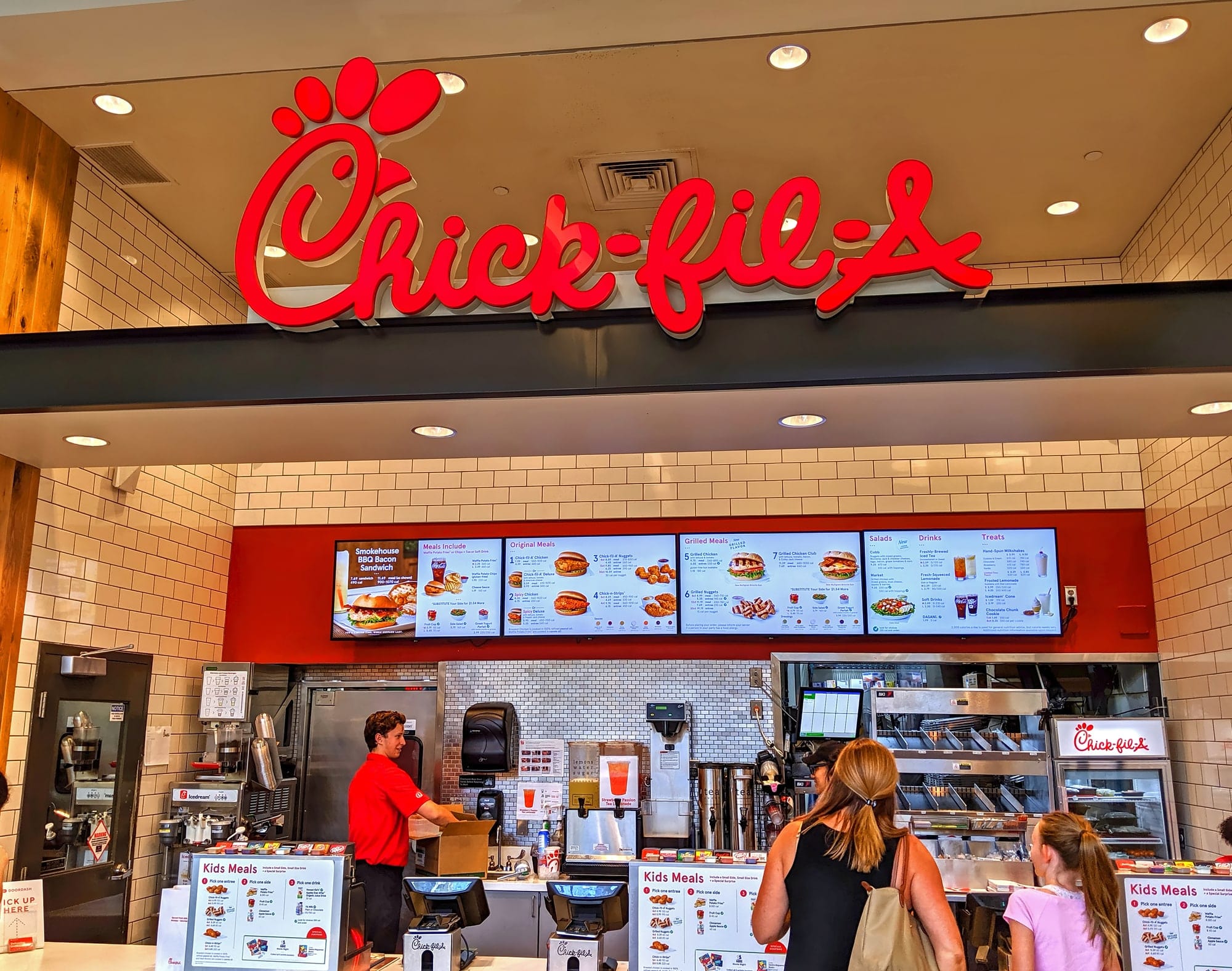
The roots of Chick-fil-A can be traced back to 1946 when S. Truett Cathy and her brother opened a small restaurant in 1946. The restaurant was doing well, and suddenly, Cathy got the idea to start serving a chicken sandwich.
Cathy felt people would like a boneless chicken sandwich, so she opened the first Chick-fil-A restaurant in 1967. The brand became successful due to its high-quality sandwiches and unique branding style.
Chick-fil-A became famous for providing a Sunday holiday to its employees so they could go to church. The brand adopted a policy to expand early on. It started offering franchises across the country, due to which the presence of Chick-fil-A increased.
In the 1980s, the fast-food chain expanded its operations beyond Georgia. In 1985, Chick-fil-A launched its famous Chick-fil-A Sandwich Deluxe.
Chick-fil-A was the pioneer in introducing drive-thru services. Besides generating huge sums of profit from across the country, Chick-fil-A got involved in philanthropy. It funded initiatives that supported education.
Chick-fil-A expanded its operations over the years. Although it had a smaller menu than many of its competitors, the fast-food chain kept expanding due to its food quality.
Chick-fil-A has also been a part of some controversies due to its owner's stance on certain social issues. However, after the death of Cathy in 2014, her son Dan T. Cathy is running the business.
Currently, Chick-fil-A is America's most loved fast-food chain. The brand went overseas. However, it didn't get the desired response, so it only operates in Canada and Puerto Rico other than the US.
Chick-fil-A has 2,600 stores across restaurants across the 47 states of the US—the fast-food generated revenue of $18.8 billion in 2022.
Chick-fil-A also provides employment to almost 35,574 employees across the US. Now that we have discussed the operations and history of Chick-fil-A, let's proceed further and discuss what PESTLE analysis is.
PEST Analysis is a tool businesses use to analyze what external factors impact the operations of a business. In this PESTLE analysis, we will discuss how different political, social, legal, technological, environmental, and economic factors impact the operations of Chick-fil-A.
Now that we know what a PESTLE analysis is let's proceed further and discuss what political factors impact the operations of Chick-fil-A.
Political Factors That Affect Chick-fil-A
Political factors are the factors that are linked with the domestic and international political scenario. Besides that, they are also related to the policies implemented by a government. Let's look at how different political factors impact the operations of Chick-fil-A.
Government tax policies have a significant impact on the operations of Chick-fil-A. Suppose the government decides to impose heavy taxes on fast-food restaurants. In that case, Chick-fil-A will be liable to pay heavy taxes, lowering the brand's profit.
On the other hand, if the government decides to lower the tax rates on fast-food businesses to encourage the fast-food brands, Chick-fil-A will pay lower taxes. Hence, the profit margins of the brand will increase.
Besides that, the country's political stability also impacts the fast-food chain's operations. If a country is undergoing political turmoil, people would likely restrict their fast-food consumption due to the uncertain atmosphere.
In such cases, the sales of Chick-fil-A will drop, and the brand will be able to generate less revenue. Moreover, government regulations on zoning and licensing impact Chick-fil-A significantly.
If it is easy for Chick-fil-A to obtain a license for a new branch, then the fast-food chain will expand further in the US. However, a lot of time and money is required to get a license to open more branches, so the fast-food chain might not expand its operations further.
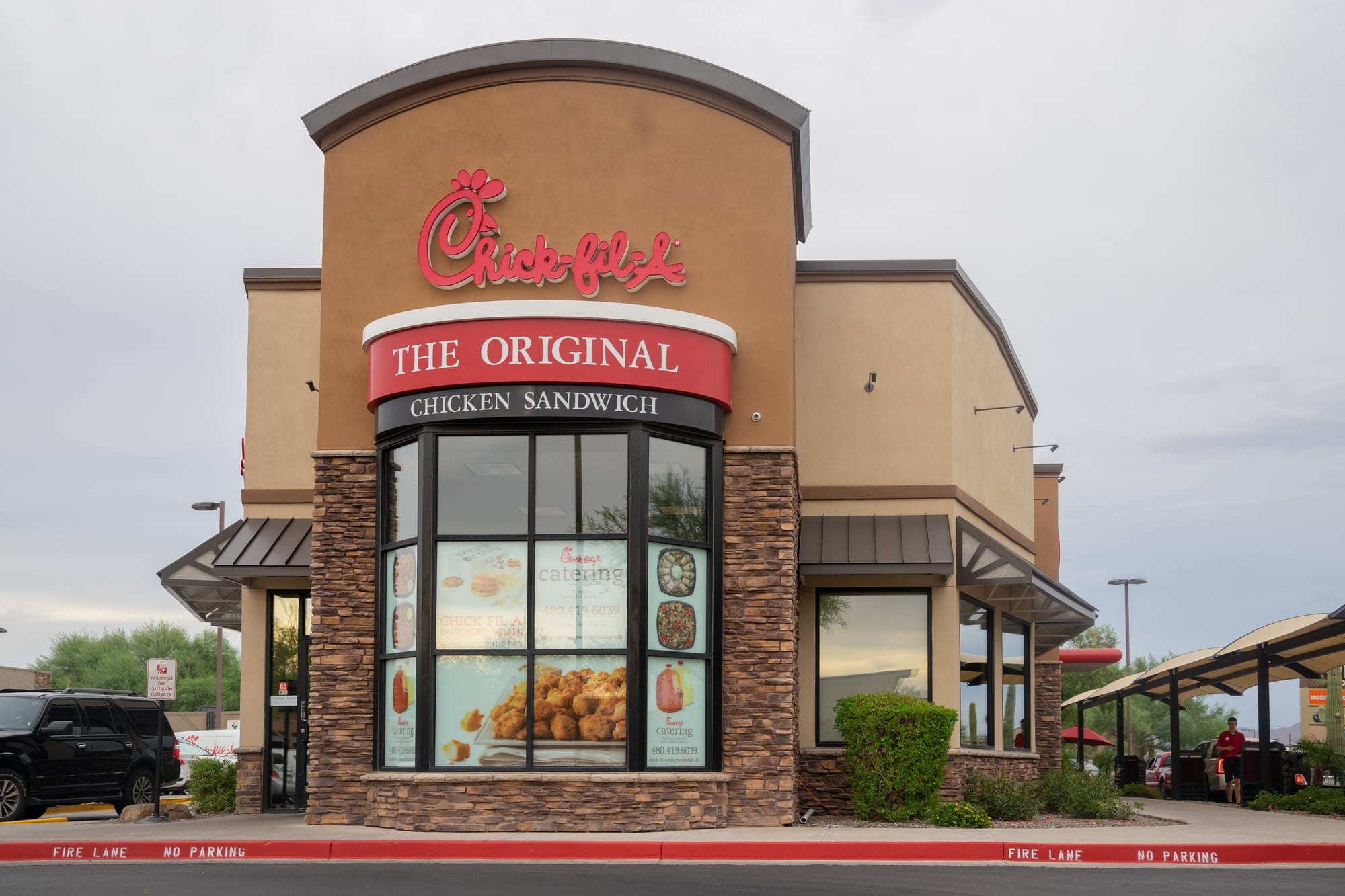
Economic Factors That Affect Chick-fil-A
Economic factors are the factors related to the domestic or international economic conditions. Moreover, they also discuss how different macroeconomic factors impact the operations of a business. In this section, we will discuss how different economic factors impact the operations of Chick-fil-A.
Interest rates have a great impact on the operations of Chick-fil-A. When the state bank raises the interest rates, the cost of borrowing for Chick-fil-A increases. Hence, the fast-food chain avoids borrowing money from banks to expand its operations.
On the other hand, when the interest rates fall, it gets easier for Chick-fil-A to borrow money from the banks. Hence, the fast-food chain takes bank loans to expand its operations.
Moreover, economic downturns have a significant impact on Chick-fil-A. At times of economic recessions, the purchasing power of people falls, and people avoid spending money on things that are not necessary.
As a result, during economic downturns, the sales of Chick-fil-A fall, and the fast-food chain struggles to generate revenue.
Besides that, real estate's value also impacts Chick-fil-A's expansion. If the real estate market is down and the land prices are low, Chick-fil-A can open more stores at different locations.
However, if the real estate market is soaring and the prices are high, Chick-fil-A will be forced to restrict its expansion policy.
Furthermore, inflation also has a significant impact on the operations of Chick-fil-A. If an economy's inflation rate rises above the average level, the purchasing power of people will fall. Hence, the sales of Chick-fil-A will also fall.
Social Factors That Affect Chick-fil-A
Social factors are the factors related to the society and its culture. In this section, we will look at how different social factors impact the operations of Chick-fil-A.
Consumers' tastes have a great impact on the operations of Chick-fil-A. There are societies where people don't eat fast food. Similarly, Chick-fil-A's specialty is its chicken sandwiches. However, in many societies, beef burgers are preferred over chicken sandwiches.
Before opening a restaurant in a society, Chick-fil-A first needs to analyze consumers' tastes and then decide whether to proceed.
Besides that, a society's demographics greatly impact Chick-fil-A's operations. There are societies where the majority of the population is elderly. Chick-fil-A might struggle in such societies since the fast-food chain demand will be low.
Other than that, the level of fitness awareness also affects Chick-fil-A. In a society where a percentage of the population is health conscious and wants to live a healthy life, the demand for Chick-fil-A will be low since it is a fast-food chain.
Furthermore, the values of society also impact the operations of Chick-fil-A. In some societies, people would view Chick-fil-A as a conservative brand since it remains closed on Sundays so its employees can attend church.
However, in other societies, people might be impressed by the religious policies of Chick-fil-A and start eating at the fast-food chain to support it.
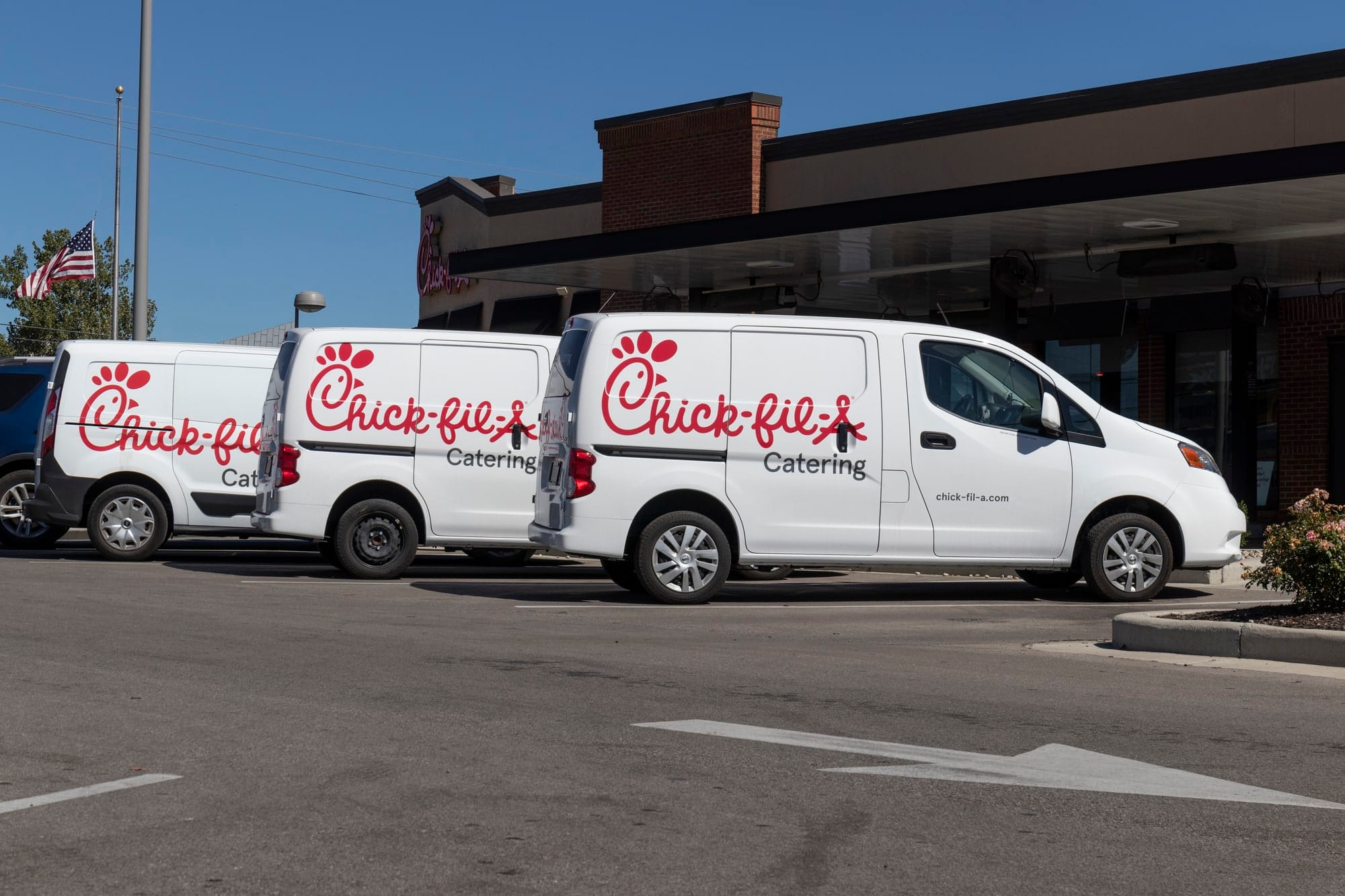
Technological Factors That Affect Chick-fil-A
Technological factors are related to technological advancements and innovations that impact the operations of a business. In this section, we will look at how different technological factors impact the operations of Chick-fil-A.
Ever since social media platforms have emerged, they have made it a lot easier for Chick-fil-A to advertise and market itself. A few decades back, Chick-fil-A could only promote itself through newspapers, TV, and radio.
However, now, the fast-food chain has an opportunity to increase its customer base by advertising its menu stores on social media platforms.
Other than that, Artificial intelligence and data analytics software impact the operations of Chick-fil-A significantly. The fast-food chain can use AI to deal with customer queries. By using AI, Chick-fil-A can improve its customer care.
Moreover, the fast-food brand can use business analytics to target its potential customer base and make informed decisions.
Furthermore, the emergence of food service applications such as Uber Eats has revolutionized the fast food industry. People can now sit in their homes and place an order at Chick-fil-A. Such apps have increased the reach of the fast-food chain and will help increase the brand's customer base.
Advancements in machines have also increased the efficiency of Chick-fil-A. The time taken to process an order has decreased due to the advanced machines. Moreover, automation has also helped minimize time and increase efficiency, so Chick-fil-A can now cater to more orders compared to a few decades back.
Legal Factors That Affect Chick-fil-A
Legal factors are related to the laws and legal framework of the country where the business operates. In this section, we will discuss what legal factors impact the operations of Chick-fil-A.
Labor laws impact the operations of Chick-fil-A. The fast-food chain has a large workforce. However, Chick-fil-A needs to ensure that all of its workforce is treated equally and that at least the minimum wage set by the government is to be paid to them.
In case Chick-fil-A violates the labor laws, the food chain will have to pay heavy fines, and the image of Chick-fil-A will also be damaged.
Besides that, franchise agreements also affect Chick-fil-A. These agreements are to be followed by both the franchisor and franchisee. If Chick-fil-A violates these agreements, the fast-food chain must pay heavy fines.
Other than that, Chick-fil-A also needs to protect its customers' data. In case the data of its customers gets leaked, lawsuits will be filed against Chick-fil-A, and the fast-food chain will be liable to pay heavy fines.
Furthermore, intellectual property laws protect Chick-fil-A from brands who want to copy the fast-food chain's logo, menu items, and mission statement. These laws help Chick-fil-A to maintain its originality and authenticity.
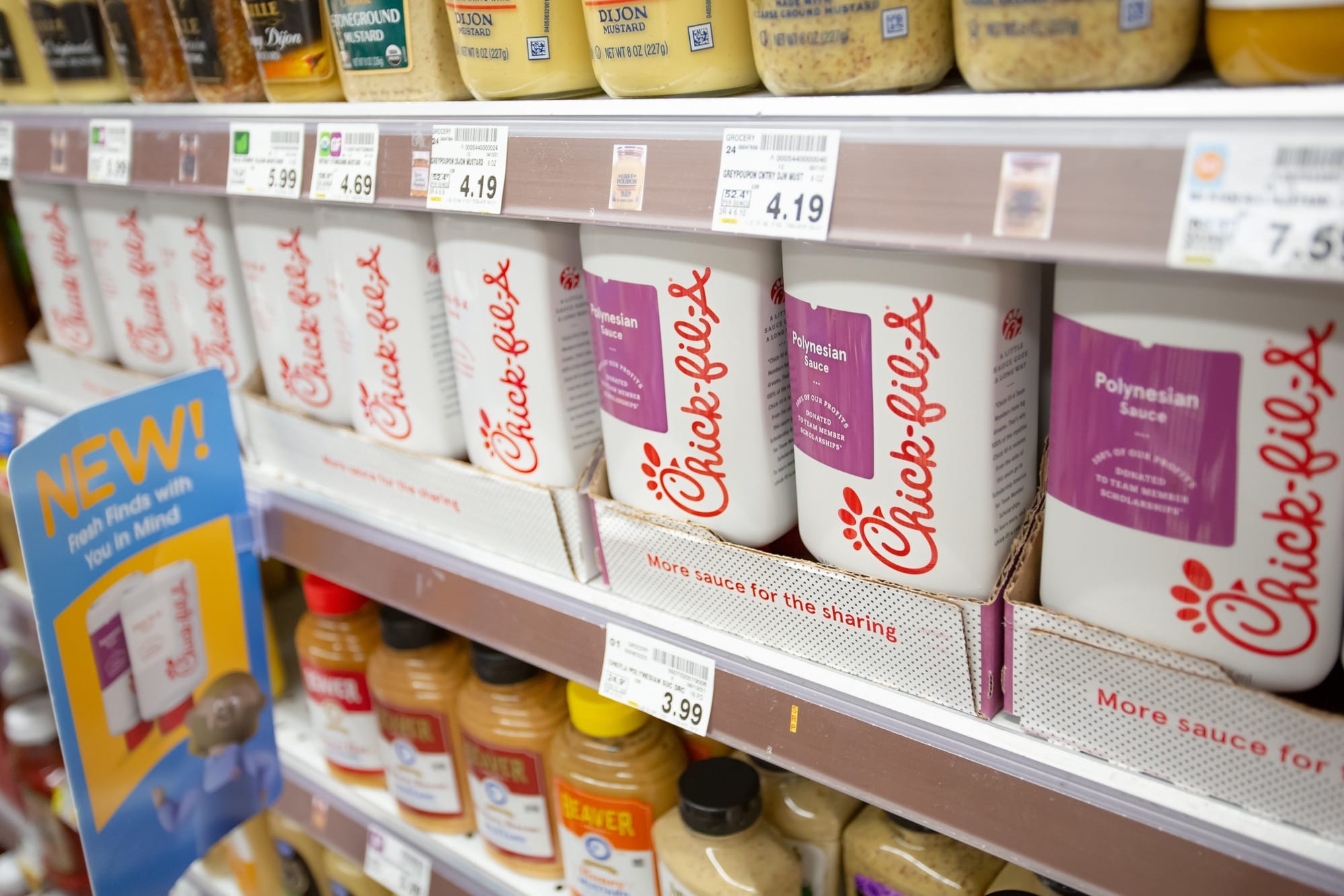
Environmental Factors That Affect Chick-fil-A
Environmental factors are related to the natural environment that impacts a business. This section discusses how different environmental factors affect the business of Chick-fil-A.
As global warming increases, governments and individuals are paying great attention to reducing plastic usage. Chick-fil-A also needs to replace plastic with a recyclable material.
However, the cost of using any other material would be high. Hence, the operational costs of Chick-fil-A will rise, and the brand's profit margins will decrease.
Moreover, water scarcity is increasing. Hence, Chick-fil-A needs to work on conserving water and minimizing its use. Otherwise, environmentalists might start raising their voices against the fast-food chain, and its business might be affected.
Moreover, the frequency of natural disasters is increasing due to global warming. Natural calamities can have adverse effects on Chick-fil-A. They might damage the restaurants of Chick-fil-A. Due to this, the fast-food chain will have to rebuild its restaurants again. A lot of money will be lost in the process.
Moreover, due to natural calamities, disruption in the supply chain can arise. These disruptions will also impact the operations of Chick-fil-A negatively.
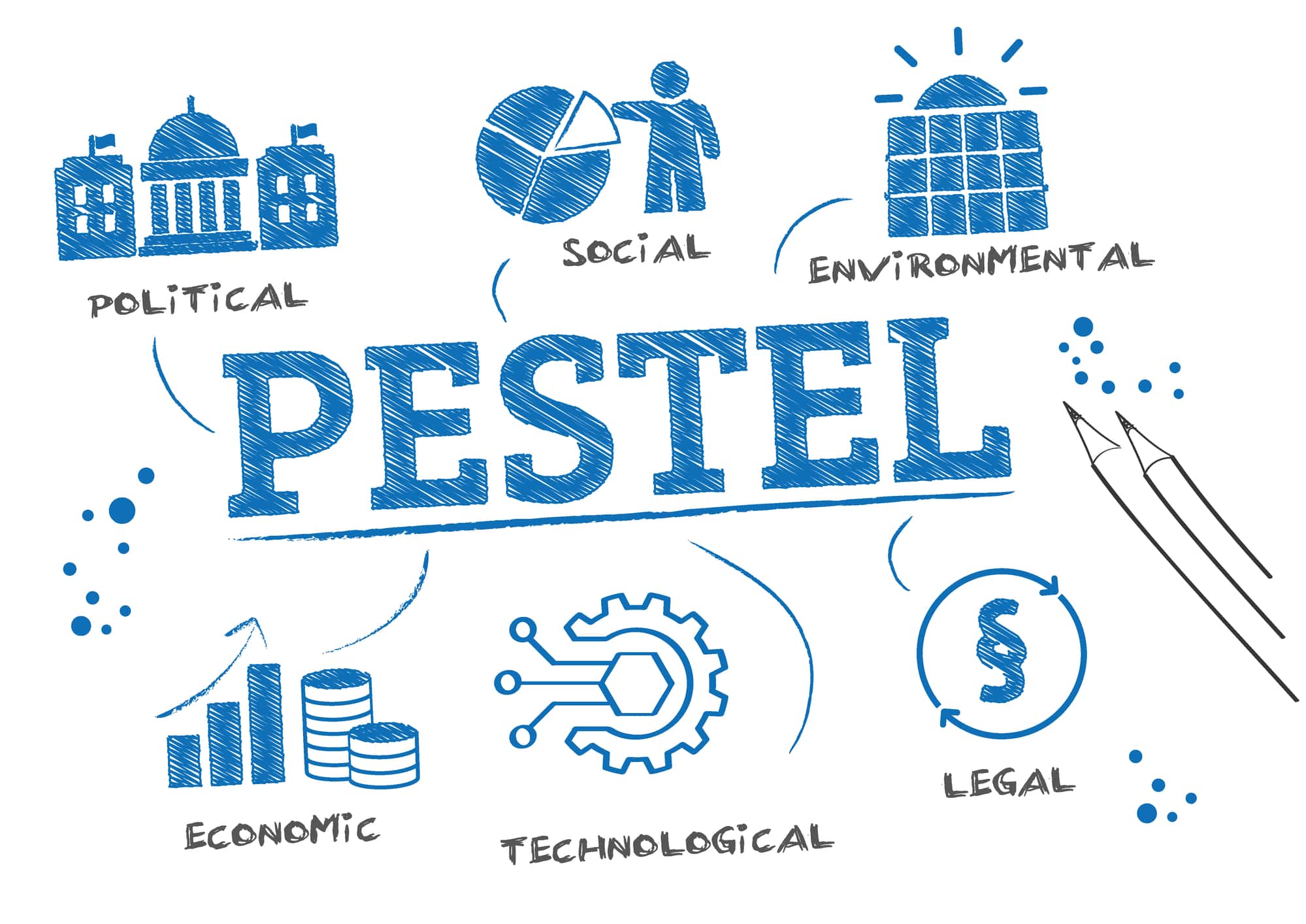
Chick-fil-A PESTLE Analysis: Final Word
Chick-fil-A is America's most loved fast-food chain. It has more than 2,600 stores across the US, through which the brand earns billions of dollars each year. Chick-fil-A was established in 1967 by S. Truett Cathy after she got the idea to launch Chicken sandwiches.
People loved Chick-fil-A's sandwiches, and the fast-food chain kept expanding its operations in different states of the US. Chick-fil-A tried to open international stores. However, they couldn't succeed. Currently, Chick-fil-A only operates in Canada and Puerto Rico besides the US.
In today's article, we conducted the PESTLE analysis of Chick-fil-A. The PESTLE analysis framework helped us highlight how different external factors impact the operations of Chick-fil-A. To read more about PESTLE analysis, check out more examples here.


